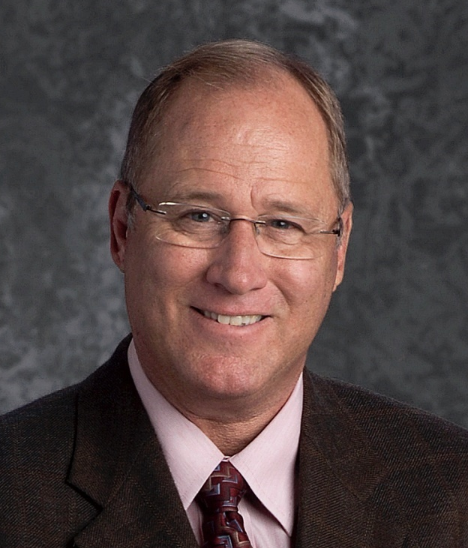By CRISTINA JANNEY
Hays Post
The Hays school district is expecting to receive an additional $1.3 million in state funding in 2019-20 as part of a $90 million per year increase in statewide school funding approved by the Kansas Legislature this spring.
Keith Hall, USD 489 director of finance, announced the figure as part of a financial report at Monday night’s school board meeting.

However, as the evening progressed, multiple areas needing additional funding were discussed.
Hall said the district is still trying to recover from 2008 when the state starting reducing school funding.
He said this might be a good year to look at increasing balances in special funds, including the district’s contingency fund. The accounting recommendation is to have at least one month’s salary in reserve, which for Hays would be about $2 million. The district only has about $1 million in reserve now.
“We need to think about what our priorities are on money,” he said.
Assistant Superintendent Shanna Dinkel said the Legislature could place stipulations on the additional funds, including designating more money going to programs for at-risk students.
Current policy allows districts to use at-risk funds to pay for a portion of teacher salaries. However, she said that does not have a direct effect on increasing test scores.
Student fees
The administration has recommended reducing the student technology fee at the high school from $50 to $25. Superintendent John Thissen said he did not think as much money would be needed to make repairs on the district’s new computers. The district replaced computers at HHS at cost of $335,750 this fall.

This would be part of a greater effort to reduce student fees, Thissen said. In 2017, the district reduced its textbook fee from $135 to $90.
However, in a report also given Monday night, Dinkel said the funds from the textbook fee go into the textbook/resources fund. A reduction in the fee has meant a reduction in the money going into the fund, yet the amount of money coming from the general fund into the textbook fund has not increased.
There have been times that money from general fund was transferred to the textbook/resource fund; however, most of the funding the past several years has come from the workbook/material fee collected at enrollment.
There is about $200,000 in the fund currently.
Dinkel said the district has funds to renew some of its subscriptions and buy supplemental materials, but does not have enough money to purchase any new curricula.
Maintenance salaries
Maintenance pay and benefits, $267,155 per year, are being paid out of the capital outlay budget.
The district has considered funding those salaries from the general fund, which would free up more money in the capital outlay budget.
See related story: USD 489 board president: Infrastructure plan is ‘triage list’
Paraprofessional insurance
Special education cooperative director Chris Hipp in his co-op update said recruiting and retaining paraprofessionals continues to be a challenge despite a pay raise of $2 per hour the board approved in 2018 for paras.
Most of the paraprofessionals are working part-time, which he said is not optimum.
“We have a whole of lot of part-time people who are stitching together and filling in to make the full-time positions that we need,” Hipp said.
The district has two benefit levels. Full-time employees on a single plan have 100 percent of their health insurance paid and family plans are highly subsidized. Part-time employees qualify for a plan, but it is considerably more expensive than the plans for full-time employees.
Hipp said moving paras to full-time would benefit the co-op operationally, but providing the same health benefits as full-time staff receive would cost the co-op $1 million — something it can’t afford.
Hipp suggested establishing a third level of benefits for paras that would pay less of a subsidy than full-time staff are receiving, but would be more affordable than the plan currently being offered to part-time staff.
The co-op is not planning any changes for the coming school year, but it continues to investigate the possibility of the change.
Classified pay schedule
Next year will be the first year the school district will not bargain with the custodian’s union. During its meeting Monday, the board discussed incorporating aspects of the custodian union’s contract, including items pertaining to pay, into the classified handbook.
Thissen said the district will have a pay study available in May. Administrators have discussed establishing a pay schedule for classified staff. It would be structure similar to the teacher pay schedule and include higher pay for experience and longevity.
Thissen said he believes implementing the pay schedule would take two to three years and cost $100,000 to $200,000.
The district has not approved a budget for next school year. Thissen said he would bring a list of recommendations for use of the $1.3 million to the board at an upcoming meeting.
